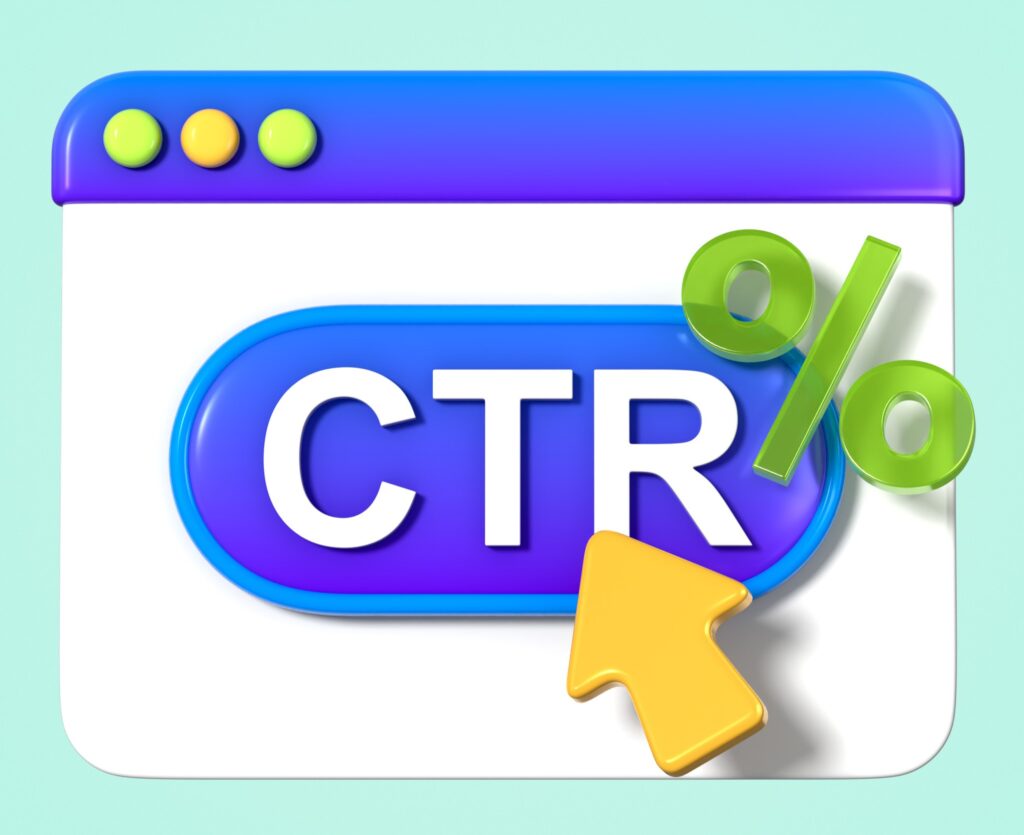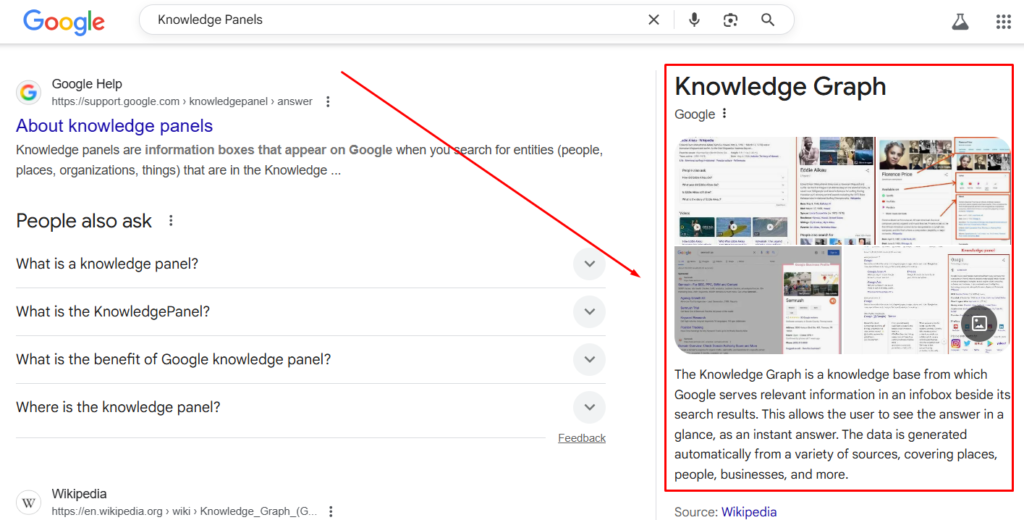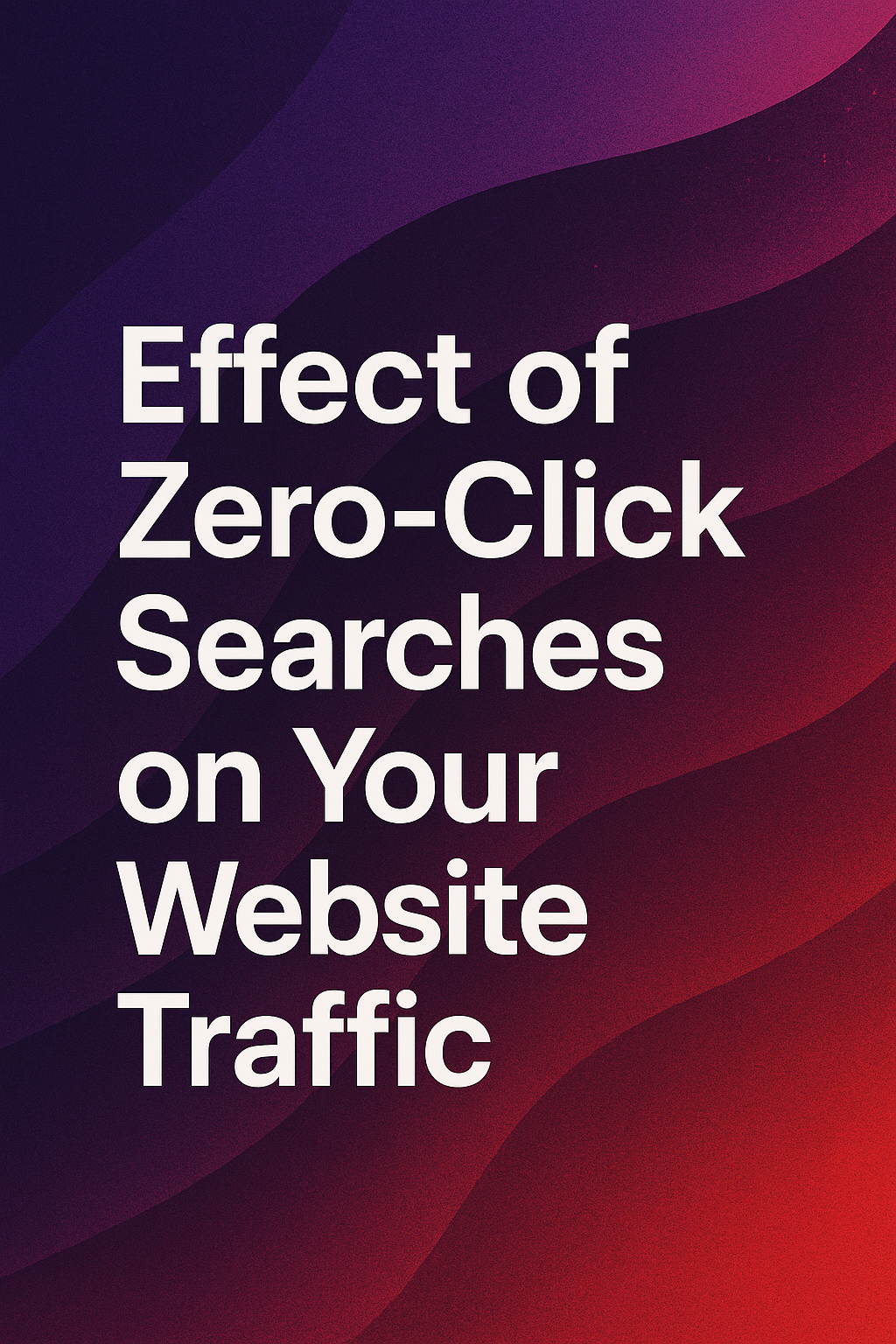If you have noticed a decline in organic traffic despite maintaining strong SEO strategies, the culprit might be zero-click searches.
These searches provide answers directly on the search engine results page (SERP), meaning users often do not click any website link.
While this trend enhances the user experience, it poses a serious challenge for businesses that rely on organic traffic.
What are zero-click searches?
Zero-click searches occur when users get the information they need directly on Google’s results page without visiting any website.
These answers typically appear in features such as featured snippets, knowledge panels, definitions, currency conversions, weather updates, and instant answers.
For example:
Search “weather in New York” → You get the weather forecast without clicking a website.
Effect of Zero-Click Searches on Your Website Traffic
Zero-click searches significantly impact organic traffic because users don’t need to leave the search engine to find answers. Here are the major effects:
1. Reduced Click-Through Rate (CTR)
Even if your website secures the number one position in search engine rankings, zero-click searches can significantly lower your click-through rate (CTR).
Featured snippets, quick answers, or direct results appear above the first organic result, providing users with instant answers without needing to visit your site.
As a result, even high-ranking pages experience fewer clicks than before.
This shift impacts businesses that heavily rely on organic traffic for leads, sales, or engagement.
The dominance of these SERP features forces brands to rethink their SEO approach to maintain visibility and user interaction.

2. Lower Organic Traffic
Zero-click searches lead to a decline in organic traffic because users get the information they need without clicking on any website.
This reduction directly affects businesses that depend on traffic for conversions, ad revenue, or building brand awareness.
Lower traffic means fewer opportunities to capture leads and convert them into paying customers.
Even websites with strong SEO and high rankings cannot avoid this trend since Google prioritizes providing instant answers.
Over time, this traffic loss can harm long-term growth, making it essential for businesses to adapt by targeting SERP features like featured snippets and People Also Ask sections.
3. Higher Competition for Visibility
Ranking on the first page of Google is no longer enough to attract clicks because zero-click features dominate the top positions.
Businesses now compete for visibility in featured snippets, People Also Ask boxes, and knowledge panels instead of just the traditional organic results.
This creates a more competitive environment where only well-optimized content wins these coveted spots.
Companies must focus on structured data, concise answers, and schema markup to increase their chances of appearing in these features.
Ignoring these strategies can result in reduced visibility, even if your site ranks on page one organically.
4. Impact on Local Businesses
Local businesses are also heavily impacted by zero-click searches.
When someone searches for a nearby store, restaurant, or service, Google often displays results in the local pack or maps section.
These listings show key details like phone numbers, addresses, and business hours, reducing the need for users to visit the actual website.
While this can help with quick inquiries, it limits opportunities to showcase your services or promote special offers through your website.
Local businesses must therefore optimize their Google Business Profile and encourage positive reviews to maintain strong visibility within these zero-click search features.

5. Change in SEO Strategy
Zero-click searches have forced businesses to rethink their SEO strategies.
In the past, the main goal was to rank higher for keywords, but now the focus is on securing position zero—the featured snippet spot.
To achieve this, businesses must provide clear, concise, and well-structured answers to common questions within their content.
Implementing schema markup, optimizing for voice search, and creating FAQ sections can also help.
This strategic shift ensures your brand stays visible even if users don’t click through to your site.
To remain effective in search rankings, businesses must adapt to these shifts quickly.
Types of Zero-Click Searches
Here are the main types of zero-click searches you’ll see on Google:
Featured Snippets
Featured snippets appear at the top of search results, offering quick answers in what’s called position zero.
They provide quick solutions to user queries without requiring them to visit any website.
These snippets typically come from the top-ranking pages and can include lists, paragraphs, or tables.
While featured snippets enhance visibility for brands, they also reduce clicks since users get their answers immediately.
To appear in this section, content must be well-structured, answer common questions clearly, and include relevant keywords.
Featured snippets are one of the most common zero-click search formats on Google.
Knowledge Panels
Knowledge panels are information boxes that appear on the right-hand side of Google’s desktop search results or at the top on mobile.
They provide detailed, structured information about people, organizations, places, or brands, sourced from reliable websites and Google’s Knowledge Graph.
These panels usually include images, a summary, and related links.
While they enhance brand authority and visibility, they also reduce direct traffic to websites because users often find all the details they need right there.
To appear in a knowledge panel, businesses need accurate and consistent information across authoritative sources and structured data on their site.

Definitions
Definition boxes appear when users search for the meaning of a word, phrase, or concept.
Instead of showing multiple links, Google displays a direct definition at the top of the results page.
These are particularly common for dictionary terms, industry jargon, and commonly asked questions.
While these results improve user experience by delivering quick answers, they can significantly reduce clicks to dictionary sites, glossaries, or blogs.
To target this type of zero-click feature, content creators should include clear, concise definitions within their articles, using proper headings and schema markup to improve the chances of being selected by Google.
Calculators & Converters
Google often provides built-in tools like calculators and converters for quick tasks, such as currency conversion, unit measurement changes, or basic math calculations.
When users search for queries like “USD to PKR” or “miles to kilometers,” the SERP displays an interactive tool where they can input values without visiting any site.
These zero-click features are highly useful for users but limit traffic for websites that traditionally offered such utilities.
To stay competitive, businesses can create specialized calculators with additional features or build content around related queries to attract traffic despite Google’s built-in solutions.
Weather & Time
When users search for queries like “weather in London” or “current time in New York,” Google displays the information instantly within the SERP.
This removes the requirement to check separate weather or time websites.
These zero-click searches are among the most frequent because they cater to real-time needs.
Although they reduce clicks, websites can still attract users by providing extended forecasts, severe weather alerts, or travel tips linked to weather conditions.
Adding local content, seasonal guides, and related search terms can help retain relevance in this highly competitive zero-click search category.

Maps & Local Pack
The local pack appears when users search for location-based queries like “restaurants near me” or “car repair in Lahore.” Google displays a map with the top three local business listings, including names, addresses, contact details, and reviews.
Users can access directions, call the business, or read reviews directly from the SERP without visiting the website.
While this improves convenience, it reduces traffic for local businesses.
To maintain visibility, businesses must optimize their Google Business Profile, add accurate NAP details (Name, Address, Phone), and encourage positive reviews.
Local SEO strategies play a key role in capturing these searches.
People Also Ask (PAA)
The People Also Ask section includes a list of related questions that users frequently search for, each expandable to show a brief answer without leaving Google.
These answers often come from authoritative websites, and appearing in PAA can increase visibility.
However, since the information is displayed directly, many users don’t click through to the site.
To optimize for PAA, businesses should create FAQ sections, write clear answers to common questions, and use structured data.
This feature helps capture voice search queries and informational intent, making it a valuable yet competitive zero-click search format for SEO strategies.
Benefits of Zero-Click Searches
Surprisingly, zero-click searches can still offer some advantages for your brand. Which are these;
Increased Brand Visibility
Appearing in featured snippets or other zero-click features gives your brand prime visibility on Google’s SERP.
Even if users don’t click your site, they see your name and associate it with authority.
This visibility can improve brand recognition and trust, especially for informational queries where users rely on quick answers.
It positions your brand as a reliable source without heavy competition for paid ads.

Voice Search Optimization
Featured snippets serve as the main reference point for voice search responses on assistants like Alexa and Google Assistant.
Optimizing for zero-click searches improves your chances of appearing in voice results, which are becoming increasingly common.
This gives your content an edge in capturing traffic from users who prefer voice-based searches.
In a mobile-first, voice-driven world, this benefit can significantly enhance your brand’s reach and adaptability to new search behaviors.
Better User Experience
Zero-click searches are designed to provide instant answers, improving the overall user experience.
When users find what they need quickly, it builds trust in the brand that provided the answer.
Even though clicks may decrease, users remember sources that give them fast, accurate information.
This can lead to long-term credibility and higher engagement through brand familiarity, which can indirectly contribute to conversions over time.
Challenges of Zero-Click Searches
Despite the benefits, there are serious challenges for website owners:
Traffic Loss
One major disadvantage of zero-click searches is that they decrease the number of visitors to your site.
Since Google displays answers directly on the SERP, users rarely click through to the source site.
This limits opportunities for lead generation, conversions, and ad revenue.
Businesses that count on organic traffic may experience a major setback in growth.
To counter this, brands need to adapt their SEO strategies and optimize for position zero.

Harder to Measure ROI
When your content appears in zero-click results but doesn’t attract actual visits, measuring ROI becomes challenging.
Visibility alone doesn’t guarantee conversions, and analytics tools can’t always capture the value of impressions from SERP features.
This makes it difficult to prove the effectiveness of SEO efforts to stakeholders or clients.
Businesses must rely on alternative metrics like brand mentions, search impressions, and voice search reach.
Increased Competition
Everyone wants to secure position zero, making SEO more competitive than ever.
Ranking on page one is no longer enough; you need to optimize for featured snippets, People Also Ask, and other SERP features.
This requires advanced strategies, structured data, and constant monitoring.
The competition is particularly fierce in industries with high search volume, forcing businesses to invest more resources into content and technical SEO.
Dependence on Google
Zero-click searches increase dependence on Google, as businesses rely on its platform for visibility rather than their own websites.
This shift reduces control over user interactions and brand presentation. If Google changes its algorithms or layout, your visibility can vanish overnight.
This dependency creates a fragile environment where businesses must constantly adapt to Google’s rules instead of fully owning their digital traffic and audience engagement.

a
Losing traffic due to zero-click searches? How can Brandout help you stay visible?
Brandout helps businesses overcome the challenge of zero-click searches through advanced digital marketing.
We optimize content for featured snippets, People Also Ask, and voice search, ensuring users engage with your brand even when clicks are limited.
Our SEO-driven approach keeps your business ahead in today’s search trends.
Conclusion
Zero-click searches are here to stay, and their impact on organic traffic will continue to grow.
Although clicks decrease, they still create chances to build authority and brand presence.
The key is to adapt your SEO strategy by focusing on featured snippets, structured data, and providing concise, valuable answers.
Frequently Asked Questions
Why are zero-click searches increasing?
Zero-click searches are growing because Google wants to provide users with instant answers directly on the SERP. This enhances the user experience and keeps users engaged on Google’s platform for longer.
How can I optimize for zero-click searches?
You can optimize your content by creating concise answers to common questions, utilizing structured data (schema markup), and targeting featured snippets or People Also Ask boxes.
Do zero-click searches affect all websites?
They impact informational sites the most, but local businesses and even e-commerce websites experience traffic loss due to direct answers on SERPs.
Are zero-click searches bad for SEO?
Not entirely. They reduce clicks but can boost visibility and authority, which helps in building trust and brand recognition over time.
What’s the best way to handle zero-click searches?
Focus on position zero, optimize for voice search, and structure content with clear headings, bullet points, and FAQ sections to capture SERP features.




